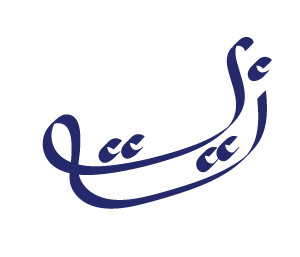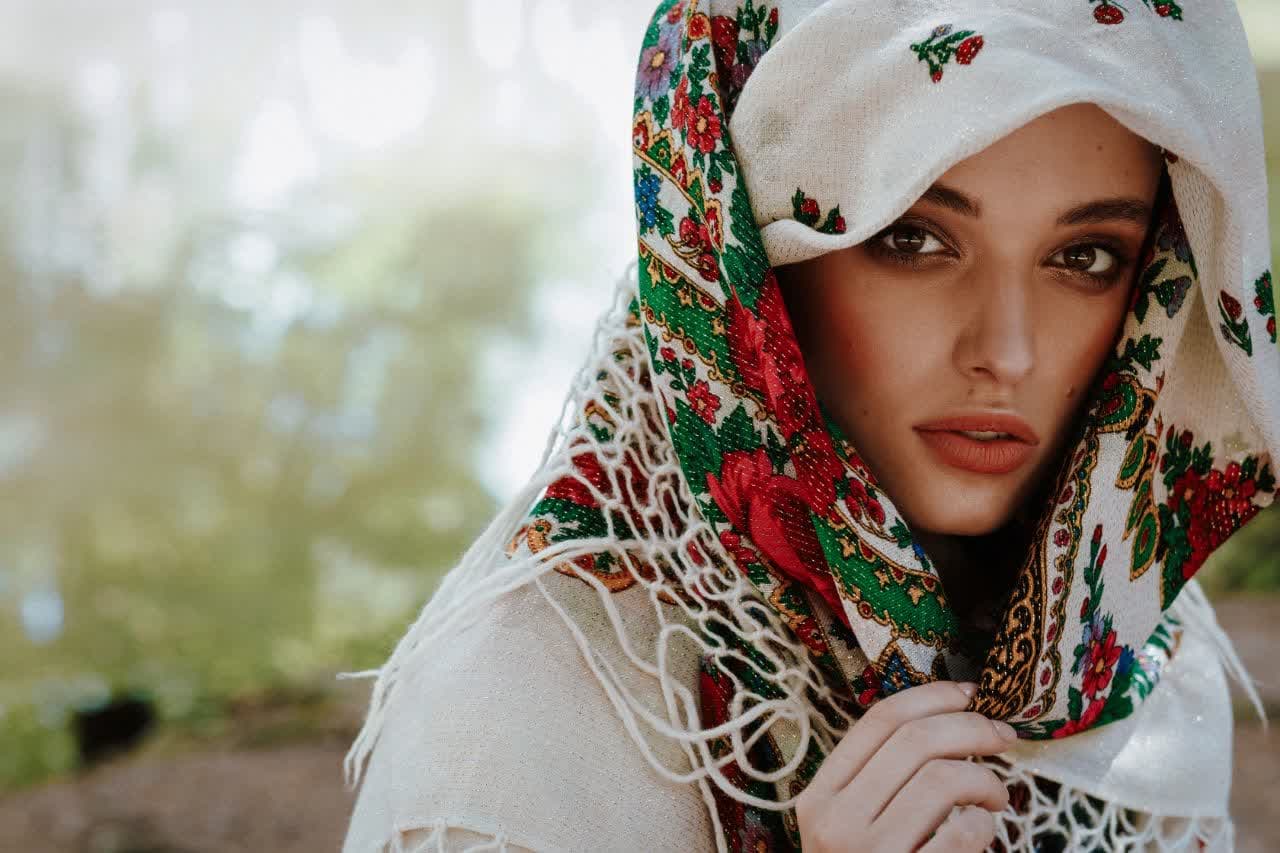The headscarf has a fascinating history that spans across cultures and epochs. Its origins can be traced back to Ancient Rome, where it served not only as a practical garment for warmth but also as a symbol of social rank and distinction. As civilizations evolved, so did the scarf, with the Renaissance era marking a significant shift. Scarves became emblematic of elegance and refinement, adorned with intricate embroidery and crafted from luxurious fabrics, symbolizing the wearer’s status and cultural influence. The intricate patterns and designs of scarves continued to evolve along the Silk Roads, reflecting the cross-cultural exchanges between East and West. In the 21st century, scarves have become more than just functional accessories; they represent a timeless blend of tradition, craftsmanship, and individual expression.
The headscarf, a specific subset of scarves, has a rich and diverse history deeply rooted in cultural and religious traditions. In Islamic cultures, the headscarf, known as the hijab, holds profound significance as a symbol of modesty and faith. The hijab is not merely a garment; it is a personal and religious choice that beautifully merges cultural identity with grace. Across the African continent, headwraps have been worn for centuries, showcasing vibrant colors and patterns that vary by tribe and region. These headscarves are not only fashion statements but also powerful expressions of heritage and identity, connecting wearers to their roots.
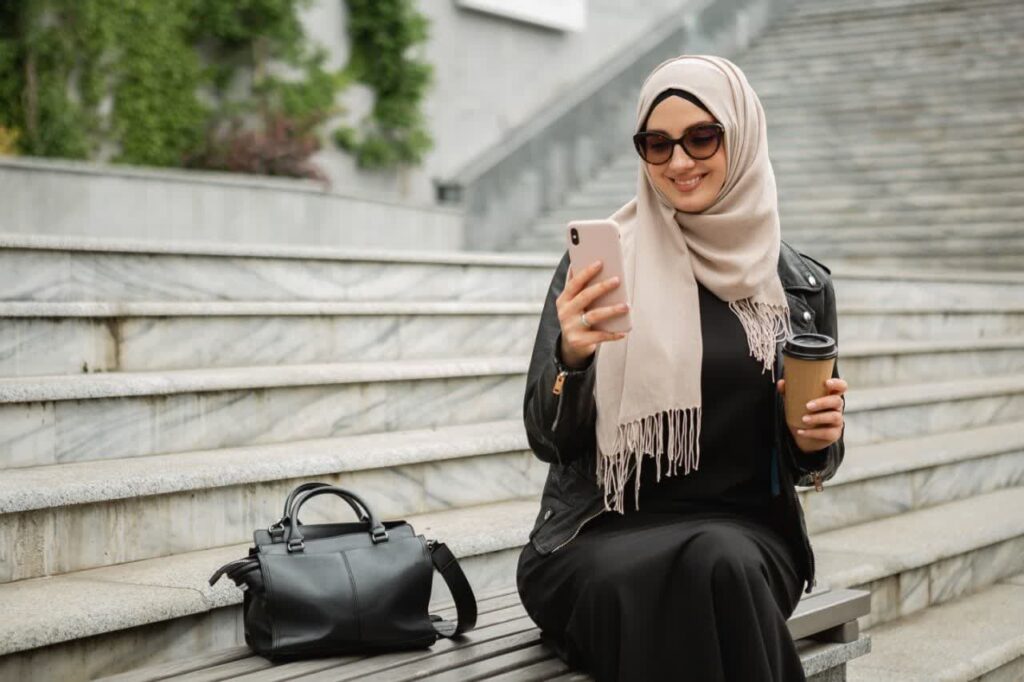
In the modern era, the headscarf has transcended its traditional roles, emerging as a symbol of empowerment and self-expression. Beyond religious and cultural contexts, individuals globally have embraced the headscarf as a fashion statement, challenging norms and redefining beauty standards. Fashion icons and designers have incorporated headscarves into their collections, celebrating the diversity and inclusivity that this accessory represents. Whether worn as a hijab, headwrap, or a bold fashion statement, the headscarf continues to be a dynamic and evolving element in the tapestry of cultural expression.
Embracing Tradition: The Cultural Significance of Headscarves
The allure of the headscarf transcends mere fashion; it is a symbol of cultural elegance that has withstood the test of time. Across diverse civilizations and traditions, the headscarf has adorned heads as a testament to heritage, modesty, and personal identity.
Types of Headscarves
The world is adorned with a myriad of headscarves, each representing a unique blend of cultural traditions, regional styles, and personal choices. From the intricately woven patterns to the vibrant colors, headscarves serve as powerful symbols of identity and self-expression across diverse communities. Here, we explore some of the different types of headscarves found around the globe:
Hijab (Islamic Scarf)
The hijab is perhaps one of the most widely recognized types of headscarves. Worn by Muslim women as a symbol of modesty and religious identity, the hijab comes in various styles and fabrics. From the traditional square-shaped scarves to modern, pre-stitched designs, the hijab reflects both religious adherence and contemporary fashion trends.
Keffiyeh (Arab Headscarf)
Originating from the Middle East, the keffiyeh is a square-shaped scarf with a distinctive checkered pattern. Originally worn by Arab men for protection against the harsh desert sun and sand, the keffiyeh has become a symbol of Palestinian identity and solidarity. It is often seen as a statement of resistance and cultural pride.
Gele (African Headwrap)
Across the African continent, the gele is a headwrap adorned by both men and women. Its significance goes beyond fashion; the gele is a symbol of celebration, cultural identity, and often indicates the wearer’s marital status. The tying of a gele is an art form, with intricate styles and patterns varying across regions and occasions.
Dupatta (South Asian Scarf)
In South Asian cultures, particularly in India and Pakistan, the dupatta is a long scarf traditionally worn by women. It complements traditional dresses like sarees, salwar kameez, or lehengas. The dupatta can be simple or heavily embroidered, serving as a versatile accessory that adds grace and elegance to the overall attire.
Turban
While not exclusive to a specific region or culture, turbans have been worn throughout history by various communities worldwide. In Sikhism, the turban is a sacred article of faith and represents honor, self-respect, courage, and spirituality. Turbans can vary in style, color, and significance, depending on the cultural context.
Tichel (Jewish Headscarf)
Worn by Jewish women, the tichel is a headscarf that comes in various styles and materials. It is often worn for reasons of modesty and can be paired with different outfits. Tichels can be tied in different ways, allowing for personal creativity in expressing one’s religious beliefs and cultural identity.
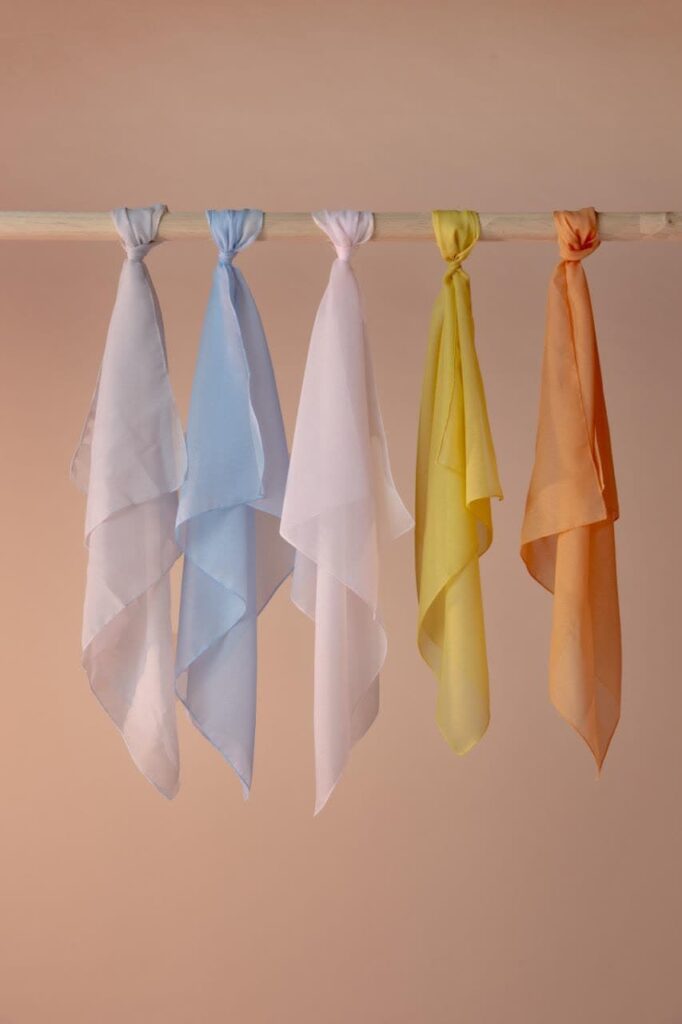
Bandana
Originating in Western cultures, the bandana is a square piece of cloth often worn as a headscarf. Its usage has evolved over time, from a practical accessory for cowboys and workers to a symbol of fashion and rebellion in various subcultures. The bandana comes in a range of colors and patterns, making it a versatile and iconic accessory.
These diverse types of headscarves not only reflect the rich cultural tapestry of our world but also highlight the beauty of individual expression and the significance attached to each style. Each headscarf tells a story of tradition, identity, and the evolving dynamics of fashion and cultural pride.
The Artistry of Headscarf Design
Intricate Patterns and Textures: A Visual Symphony
The beauty of the headscarf lies not only in its cultural symbolism but also in the artistry of its design. From the detailed embroidery of Palestinian keffiyehs to the geometric patterns of West African gele, each headscarf tells a unique story. The meticulous craftsmanship and use of diverse fabrics add depth to these cultural masterpieces.
Versatility in Style: Creative Draping Techniques
One of the remarkable features of the headscarf is its versatility in styling. Whether elegantly draped across the head and shoulders or intricately wrapped into a turban, the headscarf allows for creative expression. The same scarf can be transformed into various styles, offering a dynamic and ever-evolving element to personal fashion.
Contemporary Resonance: Headscarves in Modern Fashion
Empowerment Through Expression
In recent years, the headscarf has emerged as a symbol of empowerment and self-expression in the fashion world. Beyond its cultural roots, the headscarf has been embraced by individuals globally as a statement of personal style. Fashion designers incorporate headscarves into their collections, celebrating the diversity and inclusivity of this iconic accessory.
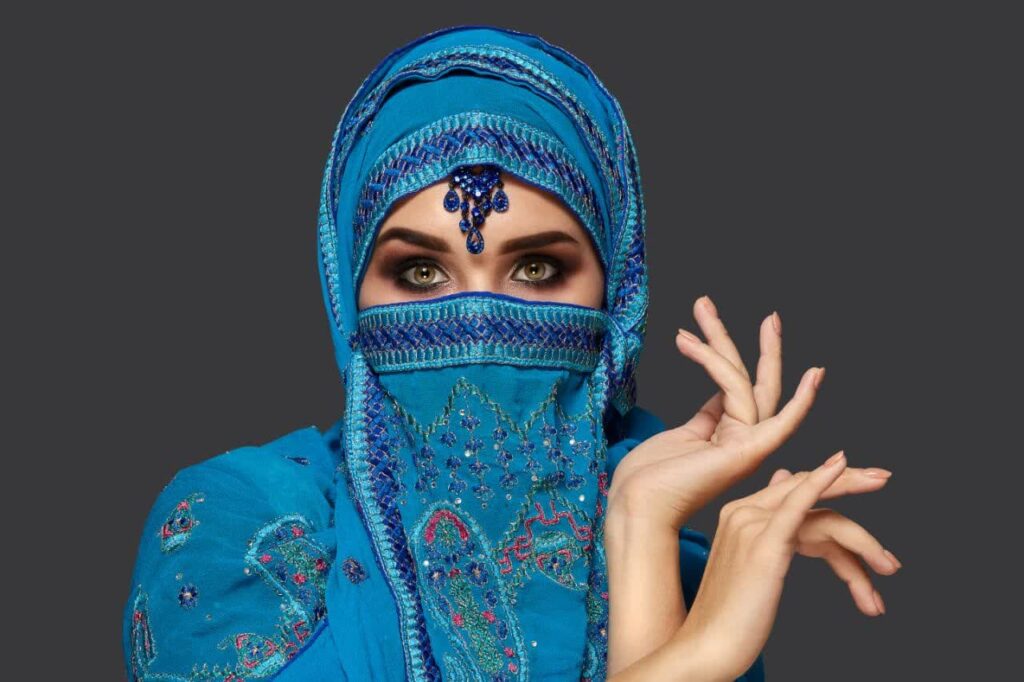
Fashion Icons Redefining Norms
From runways to red carpets, influential figures have championed the headscarf as a bold fashion statement. Whether worn as a turban by celebrities like Lupita Nyong’o or as a hijab by trailblazing models, the headscarf has become a canvas for redefining beauty standards and challenging conventional notions of style. Few are the following luxury brands
1. Hermès: Timeless Luxury and Craftsmanship
– Specialty: Hermès, a French luxury brand, is renowned for its exquisite scarves crafted from the finest silk. The brand’s iconic silk scarves feature intricate designs, often depicting equestrian themes, flora, and fauna. Each scarf is a work of art, meticulously hand-printed and hand-stitched. The Hermès scarf is a symbol of timeless elegance and craftsmanship, sought after by connoisseurs worldwide.
2. Burberry: Classic Plaid and British Heritage
– Specialty: Burberry, a British luxury brand, is synonymous with its classic plaid pattern. The brand’s scarves often showcase the iconic Burberry check in a variety of colors and materials, including cashmere and wool. Known for their quality and timeless appeal, Burberry scarves effortlessly blend British heritage with contemporary style, making them a staple in cold-weather fashion.
3. Louis Vuitton: Monogrammed Opulence
– Specialty: Louis Vuitton, a global luxury powerhouse, extends its opulence to scarves with signature monogram patterns. LV scarves often feature the iconic Louis Vuitton monogram, florals, and bold graphics. Crafted from premium materials like silk and cashmere, Louis Vuitton scarves embody the brand’s commitment to luxury and sophistication.
4. Gucci: Eclectic Designs and Artistic Flair
– Specialty: Gucci, an Italian luxury brand, is celebrated for its eclectic and bold designs. Gucci scarves showcase vibrant patterns, intricate detailing, and the iconic double-G logo. From silk to wool, Gucci scarves capture the essence of the brand’s artistic flair and playfulness, making them coveted accessories in the fashion world.
5. Acne Studios: Minimalist Scandinavian Chic
– Specialty: Hailing from Sweden, Acne Studios is known for its minimalist and contemporary designs. Acne Studios scarves often feature clean lines, solid colors, and high-quality materials like wool and cashmere. The brand’s commitment to simplicity and modernity resonates in its scarves, making them a favorite for those who appreciate Scandinavian chic.
6. Alexander McQueen: Avant-Garde Elegance
– Specialty: Alexander McQueen, a British luxury fashion house, is celebrated for its avant-garde and edgy designs. McQueen scarves often feature intricate patterns, skulls, and motifs inspired by nature. Crafted from luxurious materials, these scarves embody the brand’s commitment to pushing the boundaries of fashion and expressing individuality.
7. Chan Luu: Bohemian-Inspired Luxury
– Specialty: Chan Luu is known for its bohemian-inspired scarves that seamlessly blend luxury with a relaxed, free-spirited vibe. The brand’s scarves often incorporate elements like beading, fringe, and unique dyeing techniques. Chan Luu scarves are favored for their artisanal quality and ability to elevate both casual and sophisticated looks.
These famous scarf brands not only offer warmth and comfort but also serve as statements of style and luxury. From classic patterns to avant-garde designs, each brand brings its unique flair to the world of scarves, making them coveted accessories for fashion enthusiasts around the globe.
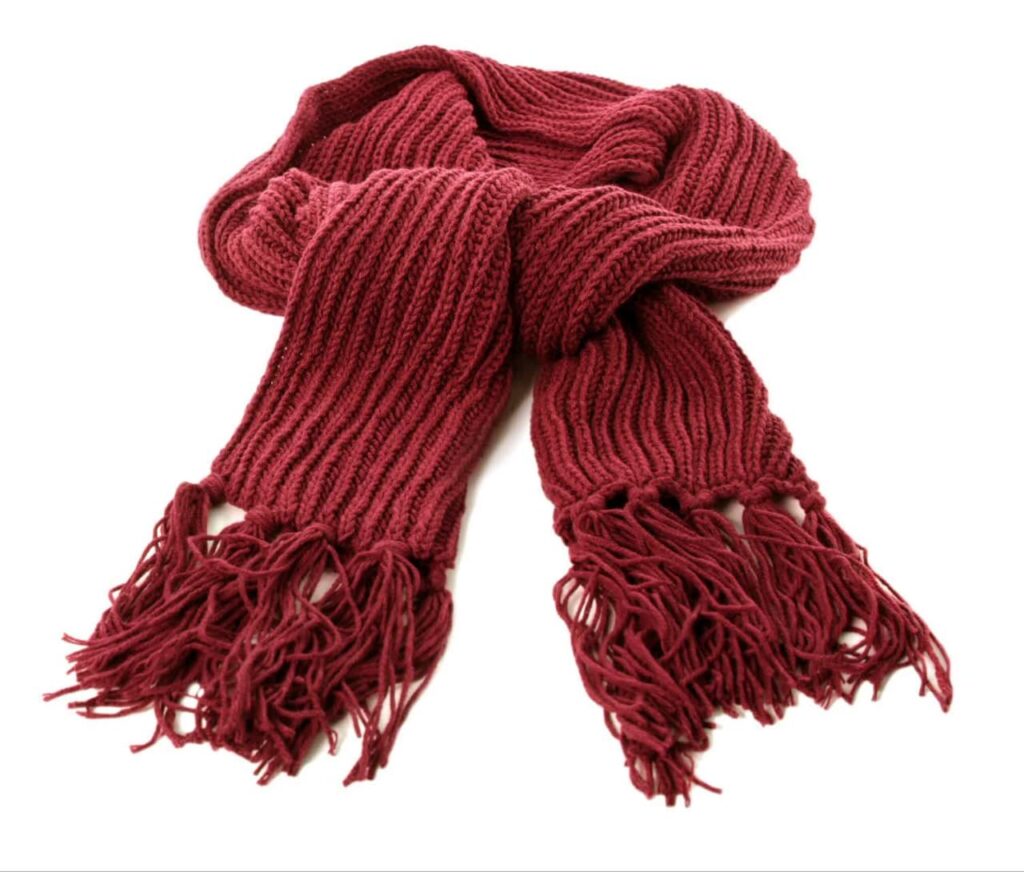
Navigating Stereotypes: The Headscarf as Empowerment
Breaking Stigmas: Beyond Misconceptions
The headscarf has, at times, been subject to misconceptions and stereotypes. However, many individuals use the headscarf as a tool for empowerment, challenging preconceived notions and reclaiming narratives. By embracing the headscarf with pride and confidence, wearers contribute to reshaping societal perceptions and fostering a more inclusive understanding of cultural expression.
Head scarves in different Religions
Scarves, in various forms, hold significant cultural and religious symbolism across different faiths, becoming more than just a piece of fabric and evolving into a representation of identity, modesty, and devotion.
In Islam, the headscarf, known as the hijab, holds profound religious significance. Worn by Muslim women as an expression of modesty and adherence to Islamic principles, the hijab covers the head and neck, leaving the face exposed. The hijab is not merely a garment; it is a deeply personal and religious choice that signifies a woman’s commitment to her faith and cultural identity. The hijab comes in various styles and materials, allowing for both religious adherence and individual expression.
Within the Sikh faith, both men and women wear a distinctive head covering known as the turban. The Sikh turban, or dastaar, is a symbol of equality, spirituality, and honor. It represents a commitment to maintain uncut hair, a core tenet of Sikhism. The turban is not only a religious requirement but also a visible sign of a Sikh’s dedication to their faith and the principles of selflessness and service.
In Judaism, particularly within Orthodox communities, married Jewish women may wear a headscarf as part of the tradition of modesty. This practice is often associated with married women covering their hair after marriage, following cultural and religious customs. The headscarf, known as a tichel or mitpachat, is chosen with care and can vary in style, color, and fabric, reflecting personal preferences within the framework of religious guidelines.
In Christianity, particularly within Catholicism and Eastern Orthodox traditions, women may wear a head covering, commonly referred to as a mantilla or chapel veil, as a sign of reverence during religious services. While the practice has evolved over time, the headscarf remains a symbol of humility and respect in the presence of the divine. The styles and materials of head coverings vary, allowing for individual expression within the framework of religious observance.
These examples illustrate the diverse ways in which scarves and head coverings are integrated into religious practices, reflecting cultural nuances, religious beliefs, and individual expressions of faith. Whether as a sign of modesty, religious identity, or a commitment to specific religious principles, scarves play a profound role in the tapestry of religious traditions around the world.
Conclusion: A Timeless Symbol of Identity
In the realm of cultural elegance, the headscarf stands as a timeless symbol, weaving threads of tradition, artistry, and personal expression. Whether donned for religious reasons, cultural celebrations, or as a fashion statement, the headscarf adorns heads with grace and significance. It is not just a garment; it is a crown of cultural elegance, a testament to the rich diversity and enduring beauty of human expression.
